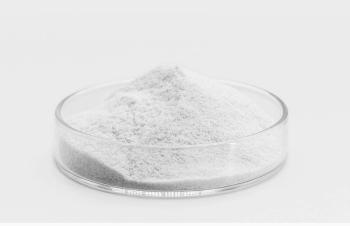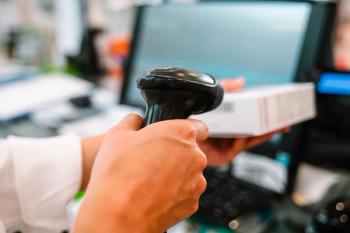
- Pharmaceutical Technology-10-02-2009
- Volume 33
- Issue 10
Standard-Setting Bodies Engage Russia
As the pharmaceutical industry moves further into Central and Eastern Europe and the Commonwealth of Independent States, several standard-setting and regulatory bodies are also increasing collaboration in the region, particularly in Russia.
As the pharmaceutical industry moves further into Central and Eastern Europe and the Commonwealth of Independent States, several standard-setting and regulatory bodies are also increasing collaboration in the region, particularly in Russia.
USP. In April 2009, the United States Pharmacopeial (USP) Convention signed a Memorandum of Understanding (MOU) with the Federal Service on Surveillance in Healthcare and Social Development of the Russian Federation (Roszdravnadzor, the US FDA equivalent). In addition to implementing the use of the first Russian translation of the US Pharmacopeia–National Formulary, the agreement calls for, among other things, organizing joint annual scientific meetings, sharing information—especially during incidents of contamination or accidental adulteration of medicines, developing additional reference materials, and the consideration of a third-party program for auditing active pharmaceutical ingredients manufacturers.
"USP is very pleased to cooperate with Roszdravnadzor on improving the quality of drugs in the United States and Russia," says USP CEO Roger Williams. "Both parties are committed to the relationship and collaborative work, which impacts patients in our respective countries and worldwide who rely on quality medicines."
Since signing the MOU in April 2009, Roszdravnadzor was elected to the USP Convention—a governing body that guides the organization's work—and is exploring scientific exchange opportunities with USP, including a staff exchange in 2010. An updated version of the USP-NF Russian translation is also in the works with an expected 2010 release.
IPEC. The International Pharmaceutical Excipients Council of Europe welcomed its first Russian member company, Pharmstandard, in July 2009. Pharmstandard (Moscow), the leading domestic pharmaceutical company in Russia in terms of sales (totaling RUB 14.3 million in 2008; $456,000) according to the Pharmexpert Marketing Research Center. Pharmstandard has manufacturing facilities in Kursk, Ufa, Tomsk, and Nizhny Novgorod.
PDA. In August, the Parenteral Drug Association (PDA) formed a partnership with Eli Lilly (Indianapolis) and the Purdue Research Park-based Chao Center for Industrial Pharmacy & Contract Manufacturing to help train the Russian Inspectorate on current good manufacturing practices. The program is aimed at advancing Russia's manufacturing and quality control standards and increasing international dialogue between Rozdravnadzor and other regulators with regard to pharmaceutical regulations and inspections, according to an Aug. 3, 2009 Purdue release.
For more on this topic, see the special report "
Articles in this issue
about 16 years ago
Pharmaceutical Technology, October 2009 Issue (PDF)about 16 years ago
Looking Ahead: The Pharmaceutical-Science Industryabout 16 years ago
Statistical Solutions: Square Root of (N) + 1 Sampling Planabout 16 years ago
Formulation and Evaluation of Famotidine Floating Matrix Tabletsabout 16 years ago
Report From: Indiaabout 16 years ago
The Emerging Markets of the Eastabout 16 years ago
New Leadership Seeks to Transform FDAabout 16 years ago
Quality by Design for Generic Drugsabout 16 years ago
Getting the Truth out of Dissolution Testingabout 16 years ago
Technical Note: The Case for Supplier QualificationNewsletter
Get the essential updates shaping the future of pharma manufacturing and compliance—subscribe today to Pharmaceutical Technology and never miss a breakthrough.




